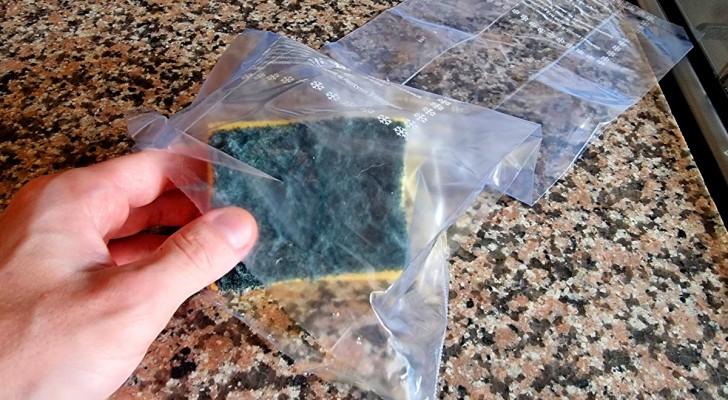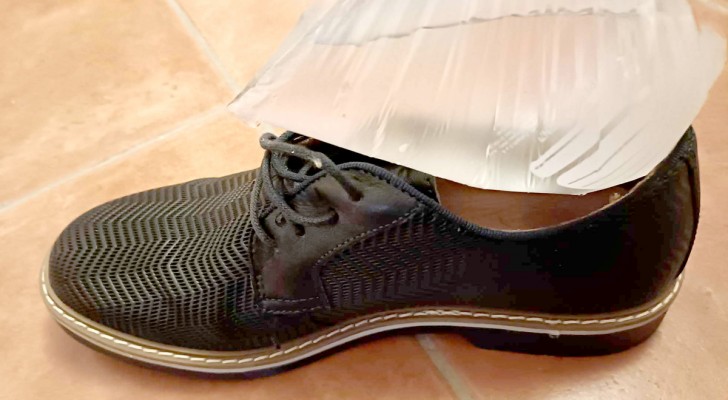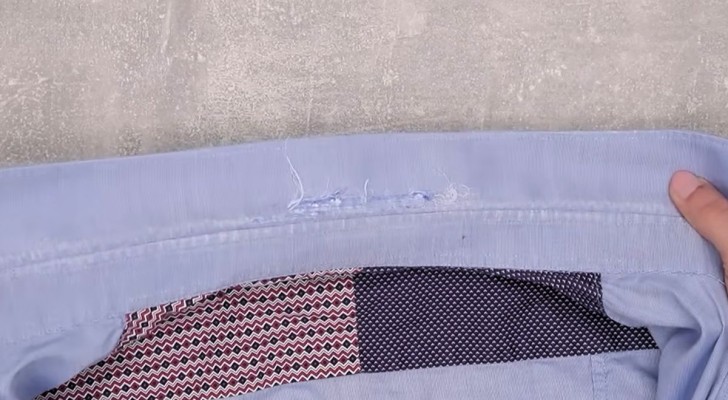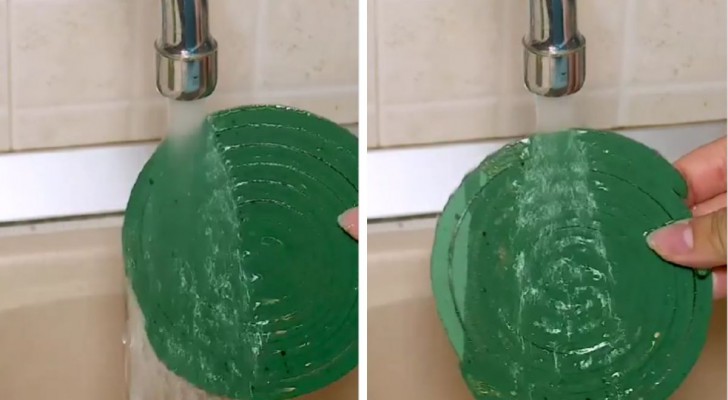Charred grease and dirt in the oven? Find out how to clean it using DIY methods
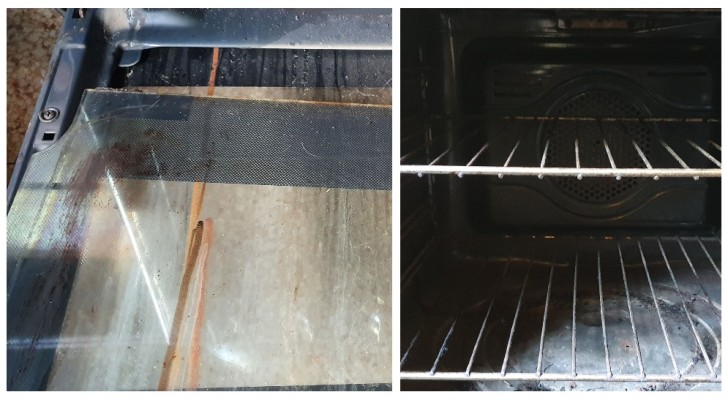
Every time we cook in the oven, it dirties the entire internal compartment - from the sides, to the grill and trays, to the glass - and over time the dirt accumulates and it becomes more and more difficult to remove. And when it comes to food that has spilled out of a pan and burned during cooking itself, if we do not remove it completely and immediately, the next time the oven is used, it can burn further and become baked-in charring.
Having such residues in the appliance where we cook other foods is not desirable, and therefore we have to find a time in the week in which to roll up our sleeves and use some elbow grease to get the oven back to being as good as new. It is always a tough job, and if you use strong chemicals for a long time it also becomes a health hazard. So if you want to reduce or completely avoid the use of these strong chemicals, you can try cleaning the oven using some alternative homemade methods.
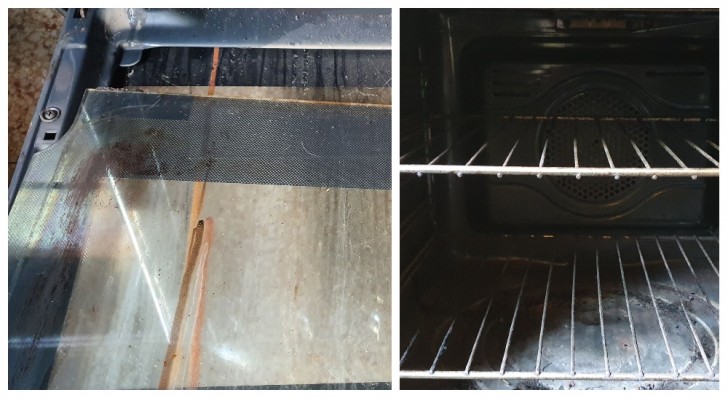
Creativo
You can start by softening the hard dirt and dissolving the grease using a popular method: a bowl or saucepan (which is heat resistant) placed in a preheated oven - 80 degrees C (180 degrees F) or so is enough - and filled with vinegar, or lemon juice. Put the bowl in the oven, turn the oven off, close the stove door and wait at least half an hour before reopening the door, in order to let the substances inside act.
When the oven is cold enough to be able to clean without fear of burning yourself, remove the racks and place them in a sink or in a large basin (perhaps even the bathtub), immersed in hot water and vinegar. The water and vinegar should be in equal parts, but you can also use a couple of cups of vinegar and add a few drops of dish soap or Castile soap. Leave them to soak for as long as you need to cleaning the oven itself.
Prepare a paste with 6 tablespoons of baking soda, 2 tablespoons of hydrogen peroxide and 2 tablespoons of dish washing detergent, and wipe it with a sponge on all of the worst deposits of dirt. Let leave it to act and in the meantime, take care of the glass.
If the glass can be disassembled, separate the various parts and then clean them with a mixture made from water and vinegar in equal parts and to which you should also add dish detergent (a few drops): rub everything with a sponge and leave it act for a while (15 -20 minutes, or even half an hour) before wiping off thoroughly with a damp cloth. Always remember to cover the floor with old rags or towels to catch any drips. Alternatively, you can also use Castile soap diluted in water - wash carefully and then wipe off with a paper towel (or a clean cloth), soaked in vinegar to remove any greasy residue that may be left after using the soap.
If you can't disassemble the glass, but can separate the sheets enough to make a gap between the two, you can slip a sturdy wooden rod into that, wrapped with a microfiber cloth held in place with rubber bands. Dip the stick with the cloth in water and detergent (even a little vinegar) and insert it between the glasses to use like a sponge.
Now go back to the cooking compartment: with a sponge soaked in hot water and a little vinegar (or even a soft cloth), remove all the dirty deposits; then use a mixture of water and dish soap, to which you can add some baking soda or white vinegar, sprayed on the walls and bottom and rubbed off by hand with a sponge.
Always remember to air the kitchen while doing these jobs and wear a mask and gloves to avoid inhaling dangerous fumes and also to protect your skin.

